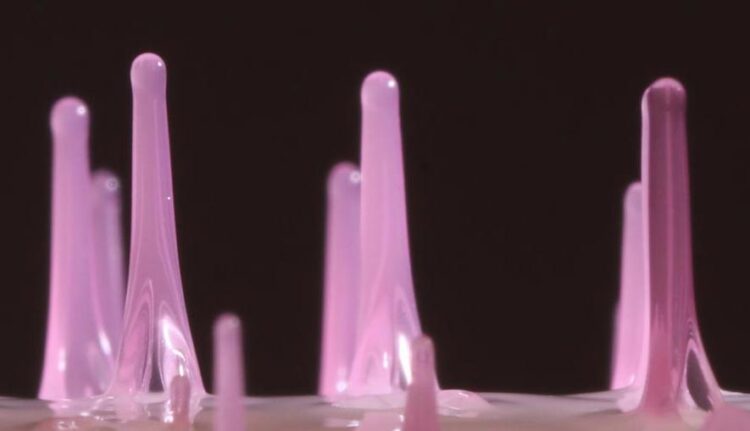Things just got hairy at Princeton.
Researchers found they could coat a liquid elastic on the outside of a disc and spin it to form useful, complex patterns. When spun just right, tiny spindles rise from the material as it cures. The spindles grow as the disc accelerates, forming a soft solid that resembles hairs.
Inspired by biological designs and rationalized with mathematical precision, the new method could be used at an industrial scale for production with plastics, glasses, metals and smart materials.
The researchers published their findings on Feb. 22 in the Proceedings of the National Academy of Sciences.
Their technique draws on fairly simple physics but turns an old set of engineering problems into a new manufacturing solution. The method’s simplicity, cheaper and more sophisticated than conventional molds, comes as part of a major shift toward additive manufacturing.
It also promises to play a key role in developing robotic sensing capabilities and in surfaces that mimic biological patterns — the hairs on a spider leg or on a lotus leaf — deceptively simple structures that provide essential life functions.
“Such patterns are ubiquitous in nature,” said Pierre-Thomas Brun, an assistant professor of chemical and biological engineering at Princeton and the study’s principal investigator. “Our approach leverages the way these structures form naturally.”
###
The paper’s authors also include Etienne Jambon-Puillet, a postdoctoral researcher at Princeton, and Matthieu Royer Piéchaud, formerly of Princeton. This work was partially funded by a grant from the National Science Foundation (DMR-1420541) through the Princeton Center for Complex Materials.

























